Rising Incidence of Critical Illnesses
The increasing prevalence of critical illnesses, such as respiratory failure, sepsis, and multi-organ dysfunction, is a primary driver of the Sedation In ICU Setting Market. As healthcare systems face a growing number of patients requiring intensive care, the demand for effective sedation practices escalates. According to recent data, the number of ICU admissions has risen significantly, leading to a corresponding increase in the utilization of sedation protocols. This trend underscores the necessity for healthcare providers to adopt advanced sedation techniques to ensure patient comfort and safety during critical interventions. Consequently, the Sedation In ICU Setting Market is likely to experience substantial growth as hospitals and healthcare facilities invest in innovative sedation solutions to manage the complexities associated with critical care.
Technological Innovations in Monitoring
Technological advancements in monitoring systems are transforming the Sedation In ICU Setting Market. The integration of sophisticated monitoring devices allows for real-time assessment of patient sedation levels, enhancing safety and efficacy. Innovations such as automated sedation delivery systems and advanced capnography have emerged, enabling clinicians to tailor sedation protocols to individual patient needs. This shift towards precision medicine is expected to drive market growth, as healthcare providers increasingly recognize the importance of personalized sedation strategies. Furthermore, the adoption of telemedicine and remote monitoring technologies is likely to expand access to sedation management, particularly in resource-limited settings, thereby contributing to the overall evolution of the Sedation In ICU Setting Market.
Increased Focus on Patient-Centered Care
The shift towards patient-centered care is significantly influencing the Sedation In ICU Setting Market. Healthcare providers are increasingly prioritizing patient comfort and satisfaction, recognizing that effective sedation plays a crucial role in the overall patient experience. This focus on individualized care is prompting the adoption of sedation protocols that consider patient preferences and needs. As a result, there is a growing demand for sedation agents that minimize side effects and enhance recovery times. Market data indicates that facilities that implement patient-centered sedation strategies report higher satisfaction scores and improved clinical outcomes. Consequently, this trend is likely to drive innovation and investment in the Sedation In ICU Setting Market, as providers seek to enhance the quality of care delivered in intensive care units.
Emerging Sedative Agents and Formulations
The development of new sedative agents and formulations is a key driver of the Sedation In ICU Setting Market. Recent advancements in pharmacology have led to the introduction of novel sedatives that offer improved efficacy and safety profiles. These emerging agents are designed to address the limitations of traditional sedatives, such as prolonged sedation and adverse effects. Market Research Future indicates that the introduction of these innovative sedatives is expected to expand treatment options for critically ill patients, thereby enhancing the overall quality of care. As healthcare providers seek to optimize sedation practices, the demand for these new formulations is likely to increase, further propelling the growth of the Sedation In ICU Setting Market.
Regulatory Support for Sedation Practices
Regulatory bodies are increasingly recognizing the importance of standardized sedation practices in critical care settings, which serves as a catalyst for the Sedation In ICU Setting Market. Guidelines and recommendations from organizations such as the American Society of Anesthesiologists and the Society of Critical Care Medicine emphasize the need for evidence-based sedation protocols. This regulatory support encourages healthcare facilities to implement best practices, thereby enhancing patient outcomes and safety. As compliance with these guidelines becomes essential, hospitals are likely to invest in training and resources to optimize sedation practices. This trend not only fosters a culture of safety but also propels the growth of the Sedation In ICU Setting Market as facilities seek to align with established standards.


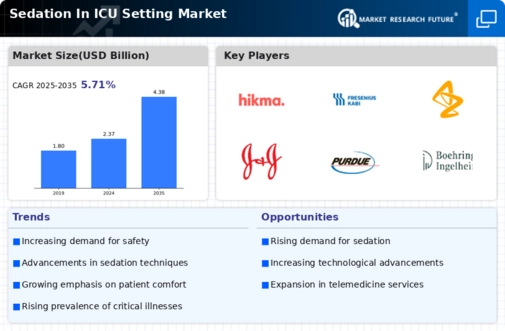
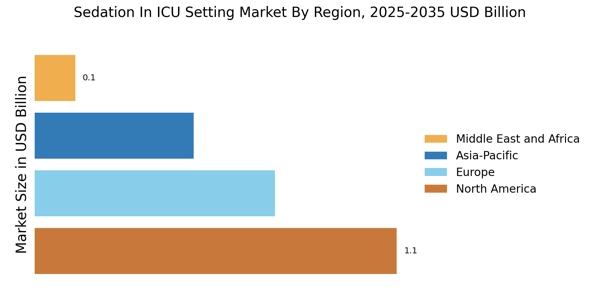
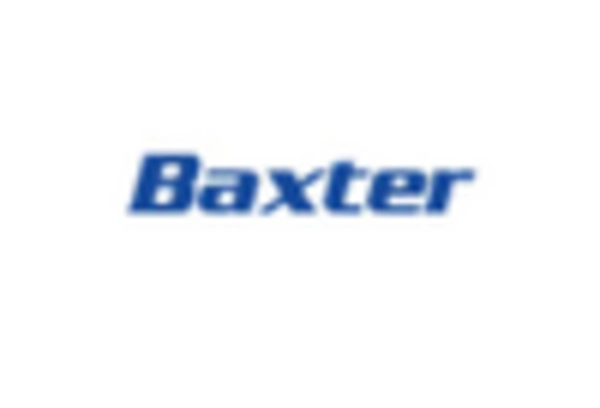

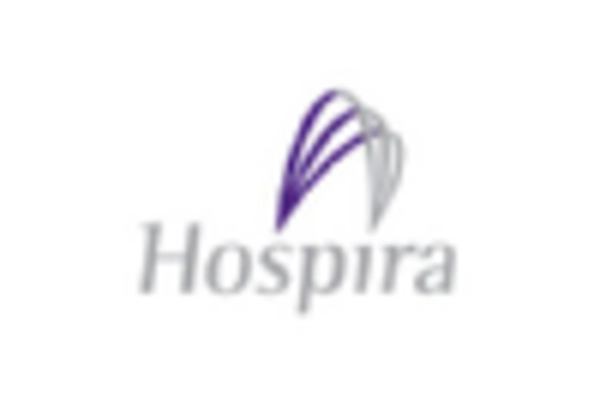
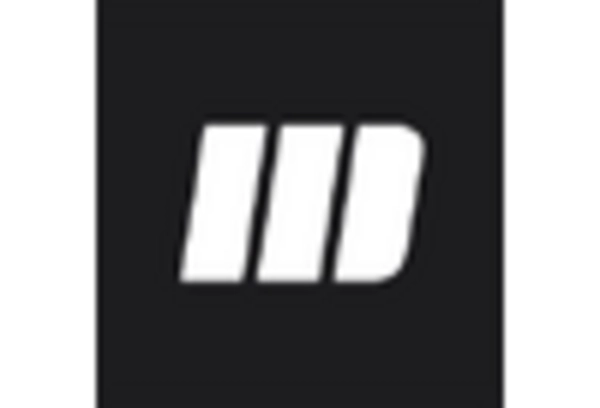
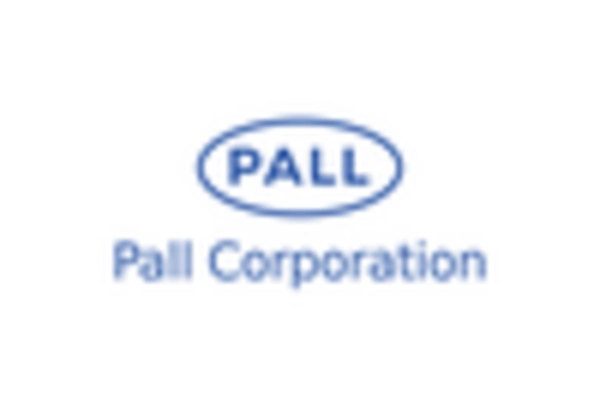









Leave a Comment